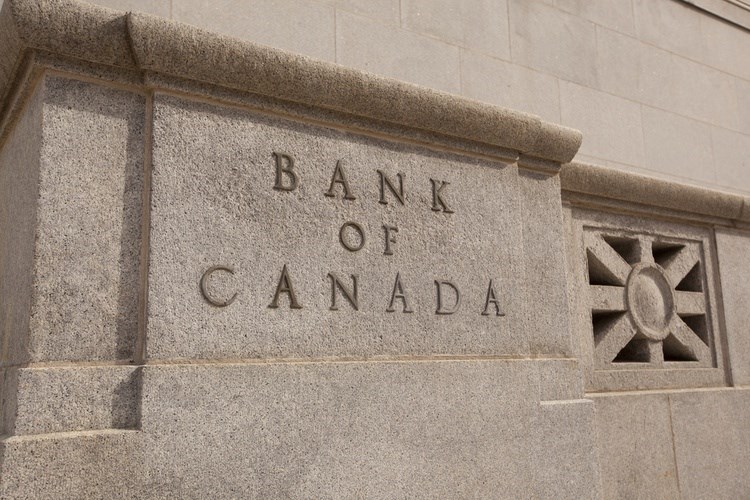The Canadian dollar fell almost a full cent to around 78 cents U.S. after the Bank of Canada announced October 25 it is holding its key overnight lending rate at 1%.
The Bank said the current level is appropriate given the risks and uncertainties the country is facing, in particular those related to the renegotiation of the North American Free Trade Agreement.
The decision to hold the rate steady comes after two summer rate hikes: from 0.5% to 0.75% July 12 and up another 25 basis points to 1% September 6.
“After the excitement of the summer, Governor Poloz engaged in something of a stock-taking exercise, with today’s Monetary Policy Report providing important insight into his thinking in the wake of this summer’s back-to-back rate hikes,” Brian DePratto, senior economist at TD Economics, said in a note to investors. “As things stand today, it appears that the urgency to increase rates has faded.
“Indeed, consistent with recent communication, today’s statement has a somewhat dovish tilt to it.”
Economic growth in Canada was stronger and more broad-based than expected, the central bank said, but growth is expected to moderate in 2017’s second half. Total GDP growth of 3.1% is expected this year, followed by 2.1% in 2018, compared with the 2% forecast in July, and 1.5% in 2019 (1.6%).
The economy is running at close to capacity, with the output gap close to zero, but there still remains slack in the labour markets, which DePratto said showed there may be “room for more economic growth than the Bank is projecting without inflation rising materially above target.”
Inflation is aligned with expectations. CIBC Economics’ Nick Exarhos said. Export growth is projected to be lower than previously anticipated, in part due to a higher-than-expected Canadian dollar. Exarhos said the Canadian dollar is expected to weaken to 77 cents U.S. in the early part of next year.
The next rate announcement is scheduled for December 6.



